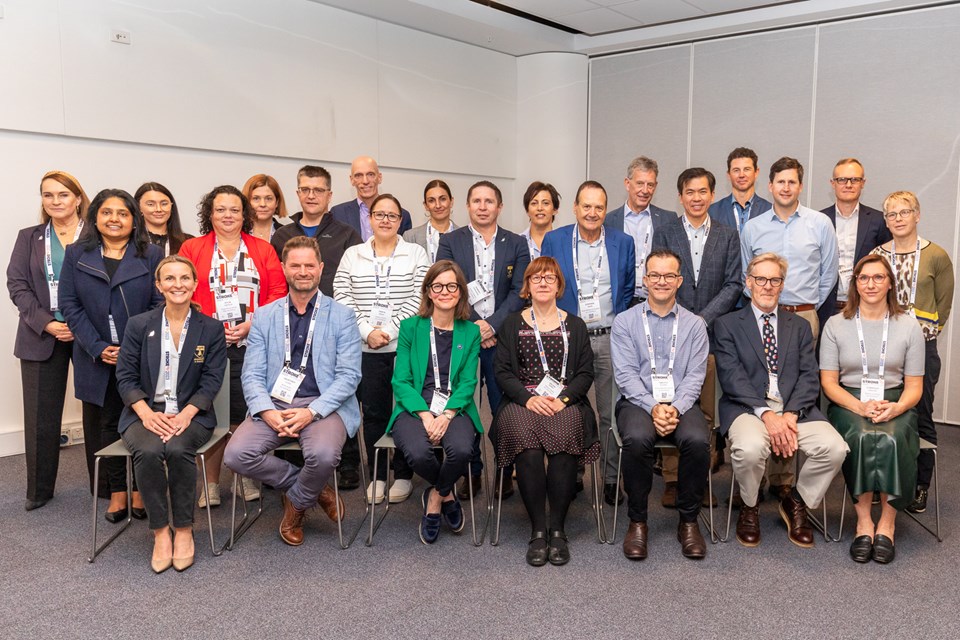This is absolutely appalling.
'Care' rather than RESULTS OR RECOVERY! YOU need to get involved and change the objective. I'd fire everyone involved in this crapola.
Targets set to boost Australia’s ‘lagging’ stroke care standards
The national leaders in stroke have agreed to bold new targets to ensure Australians have access to world leading stroke care.
Stroke Foundation, Stroke Society of Australasia, the Australian Stroke Clinical Registry and Angels Initiative
joined forces at the National Stroke Targets Roundtable to develop a
set of proposed targets for Australian hospitals to meet by 2030.
These include:
- National median endovascular clot retrieval door to puncture time <30mins for transfers.
- National median thrombolysis door to needle time <60mins.
- National median door in door out time for endovascular clot retrieval <60mins.
- National median endovascular clot retrieval door to puncture time <90mins for primary presenters.
- Certified stroke unit care provided to >90% of patients with primary stroke diagnosis.
Stroke Society of Australasia President, Professor Timothy Kleinig says every Australian stroke patient deserves best-practice, timely stroke care.
“We know that fast access to expert treatment leads to improved patient outcomes and that’s exactly what the National Stroke Targets aims to achieve,” Professor Kleinig said.
“This is the first step in a
collaborative effort to support hospitals, stroke teams and Australian
states and jurisdictions to provide best-practice, time critical stroke
care for their patients, to reduce avoidable stroke-related deaths and
disability.”
There
are many Australian pockets of stroke care excellence, with progress in
treatment options, assessment, and access to specialist care. However,
care of the average Australian stroke patient lags behind other
developed countries in the timely delivery of acute stroke reversal
treatments and stroke unit access.
When
compared to other developed countries, the time it takes for an
Australian patient to receive clot busting drugs (known as
door-to-needle time) is significantly longer. The longer stroke is left
untreated, the more brain dies, and the lower the chances of survival
and recovery.
An
accepted international door-to-needle target is within 60 minutes of a
patient arriving in hospital. In the United States, 68 per cent of
patients are treated with clot-busting drugs in that time, in the United
Kingdom its 61 per cent but in Australia it’s significantly lower at 32 per cent.
Stroke Foundation Chief Executive Officer Dr Lisa Murphy said this is unacceptable.
“Access to stroke units and median door-to-needle times have not shifted between 2017 and 2022. Australian stroke patients deserve better to improve their chance of survival and reduce their risk of disability after stroke.” Dr Murphy said.
“These targets are just the beginning. With a united effort and voice, support from governments and increased investments, we have an opportunity to change this situation.”
The new targets were announced on the final day of the combined Stroke Society of Australasia and Smart Strokes Nursing and Allied Health Scientific Meeting in Melbourne.

No comments:
Post a Comment